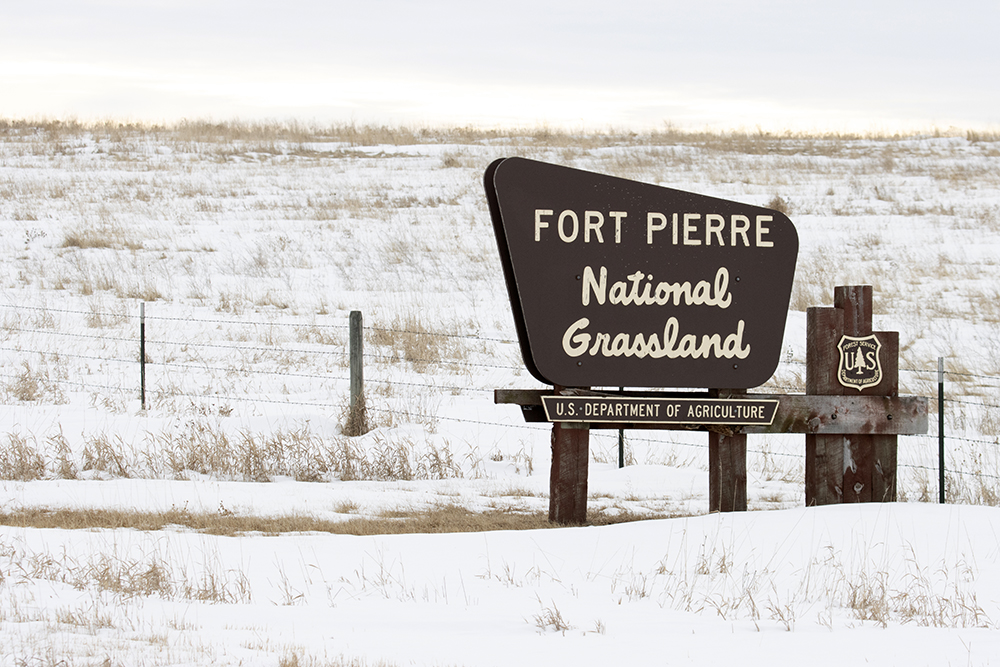
An osprey circling over Lake Alvin, near Sioux Falls.
In about, oh, 2 weeks, I’m likely to bemoan the fact that I live in often frigid South Dakota. Winter here isn’t for the faint of heart, and even moving just one state up from where I grew up (Nebraska), it’s clearly, much colder here. But, I have to admit…May through October are usually freakin’ spectacular in terms of weather. Yes, we get some hot muggy days, but more often than not, we have some truly wonderful weather from late spring through mid-fall.
The weather this fall has been above-and-beyond wonderful, with crisp nights, but typically sunny and warm days. Today, November 1st, and it was sunny most of the day, high of about 65, with nary a breeze. I took the opportunity to go birding this morning, with the intention of doing my first real hard searching for Saw-whet Owls. People banding them in the state have been catching them, so clearly they’re moving through. I bush-whacked through thick cedar stands for about 3 hours this morning with nary a hint of an owl. Not only no owls, but not a bit of “whitewash” (the white-stained tree branches and ground below their frequent roosts), and no pellets. My guess is that it’s still just too early.

Red-tailed Hawk protecting a kill. Another was just a few feet away, hoping for a bite.
It still was a wonderful day to get out and walk around, and I did have other birds that “saved the day”. First, an Osprey circling over Lake Alvin, just south of Sioux Falls. Osprey aren’t a species you see all that often around here, so it was nice to get good close looks at him.
Near there I came across a pair of (young?) Red-tailed Hawks, hanging out on the ground on the edge of a tilled field. One was clearly protecting something that it had caught, with it’s wings spread a bit and hovering over the prey like a protective umbrella. This bird was feeding while another was sitting about 10 feet away. You definitely don’t think of raptors like this “sharing”, so I would bet that 2nd bird ended up going hungry.

American Robin gorging on berries in a cedar tree. An awfully common species…but in frigid South Dakota, one I’m not likely to see much of for the next 5 months!
The other thing of note this morning were the scads of birds gorging on berries of cedar/juniper. We get a few American Robins that actually over-winter here, but overall most move south of South Dakota a little ways. This time of year though you certainly can see many Robins gorging on berries in preparation for winter. It wasn’t just Robins, and there were also many Cedar Waxwings joining the feast. I know encroaching eastern red cedar isn’t a popular thing for many, but one thing you do have to admit is they provide a heck of a lot of good habitat and food for some species of birds.
One last nice bird to end the birding portion of the day…a beautiful male Red-bellied Woodpecker at our feeder at home. We live across the street from the Big Sioux Recreation Area, a State Park with a lot of mature forest. You often see (and hear!) Red-bellied Woodpeckers in the park, but it’s not very often one makes the effort to cross the street and visit my yard.
Great way to end a gorgeous fall birding day in South Dakota!
Like this:
Like Loading...
























